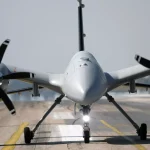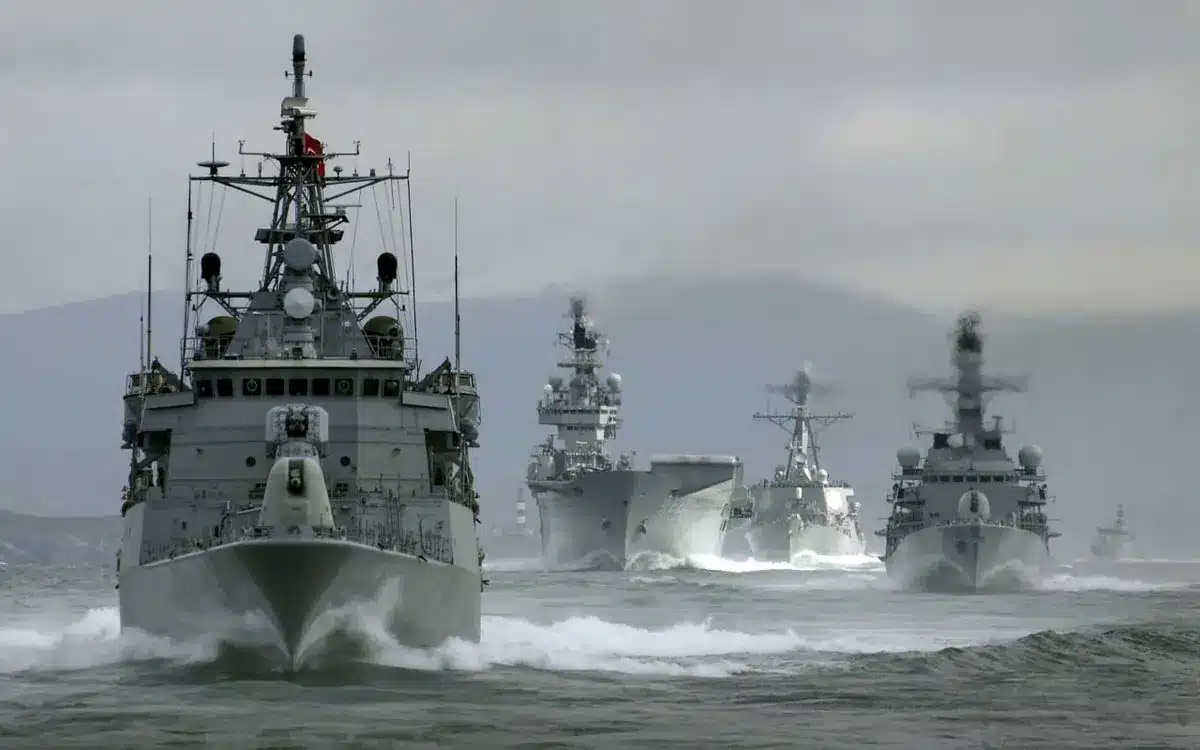Two flagship programs, the Scorpène Evolved submarines and the locally built Arrowhead 140-derived Merah Putih frigates are reshaping Indonesia’s defense industry and maritime posture.
Background
Between 2024 and 2025, Indonesia formalized the construction of two Scorpène Evolved submarines and two Merah Putih frigates. Both classes are being built locally, marking a shift toward greater deterrence at sea and a stronger domestic defense industry.
As a sprawling archipelago at the crossroads of strategic sea lanes, Indonesia has invested heavily in naval modernization. Repeated incursions by Chinese coast guard vessels in the Natuna Sea have accelerated Jakarta’s drive to expand and upgrade its fleet.
Until recently, Indonesia relied heavily on foreign “turnkey” acquisitions. The new contracts with Naval Group and Babcock instead emphasize local construction at PT PAL in Surabaya, technology transfers, and the training of Indonesian engineers. This industrial pivot aims to build long-term naval sovereignty while also stimulating the national economy.
Technical details
Scorpène Evolved Submarines
- Equipped with next-generation lithium-ion batteries.
- To be built in Indonesia by PT PAL, with technology transfer and the creation of a joint venture, PT Naval Group Nusantara.
- Displacement: ~1,600–2,000 tons; length: ~72 meters.
- Six launch tubes with capacity for ~18 torpedoes or missiles.
- Submerged endurance of about 12 days, significantly exceeding previous diesel-electric boats.

These enhancements increase stealth, endurance, and survivability compared with existing regional undersea forces.
Merah Putih Frigates
- Based on the Arrowhead 140 design, itself derived from Denmark’s Iver Huitfeldt class.
- Dimensions: 140 meters long, ~6,000 tons displacement, crew of ~177.
- Around 60% of the design has been adapted locally.
- Integration of Turkish systems (Roketsan vertical launchers, Atmaca anti-ship missiles, Aselsan sensors), complemented by a Leonardo main gun and close-in defense systems.
- First keel laid in August 2023, the second in November 2024. Launch of the lead frigate expected by late 2025, followed by the second in 2026.

Compared with Indonesia’s current surface combatants, the new frigates will provide far greater anti-air and anti-surface capabilities, as well as improved ocean-going endurance.
Analysis and implications
Building and sustaining submarines and frigates domestically reduces reliance on foreign shipyards and strengthens local logistics. They also foster an ecosystem of engineering, R&D, and high-value subcontracting.

Regionally, Jakarta is sending a clear signal: it intends to protect its exclusive economic zones, deter incursions, and assert credibility in Southeast Asia. As Malaysia, the Philippines, and Vietnam also modernize their fleets, Indonesia aims to remain a leading naval power.
The key challenges remain financial and technical: integrating systems of mixed origin, developing a skilled workforce, avoiding cost overruns, and managing the complexity of submarine construction.
“This step reflects the government’s confidence in our engineers. Public support will allow Indonesia to eventually master submarine technology” Dr. Kaharuddin Djenod, President-Director of PT PAL.
Yet the long-term structural effect extends well beyond the acquisition of new platforms.
In the near term, milestones will include the launch of both frigates by 2026 and progress on the first Scorpène hull sections in Surabaya. Full submarine operational capability is projected around 2030. Success will depend on maintaining schedules, controlling costs, and meeting international standards for stealth and underwater safety.





